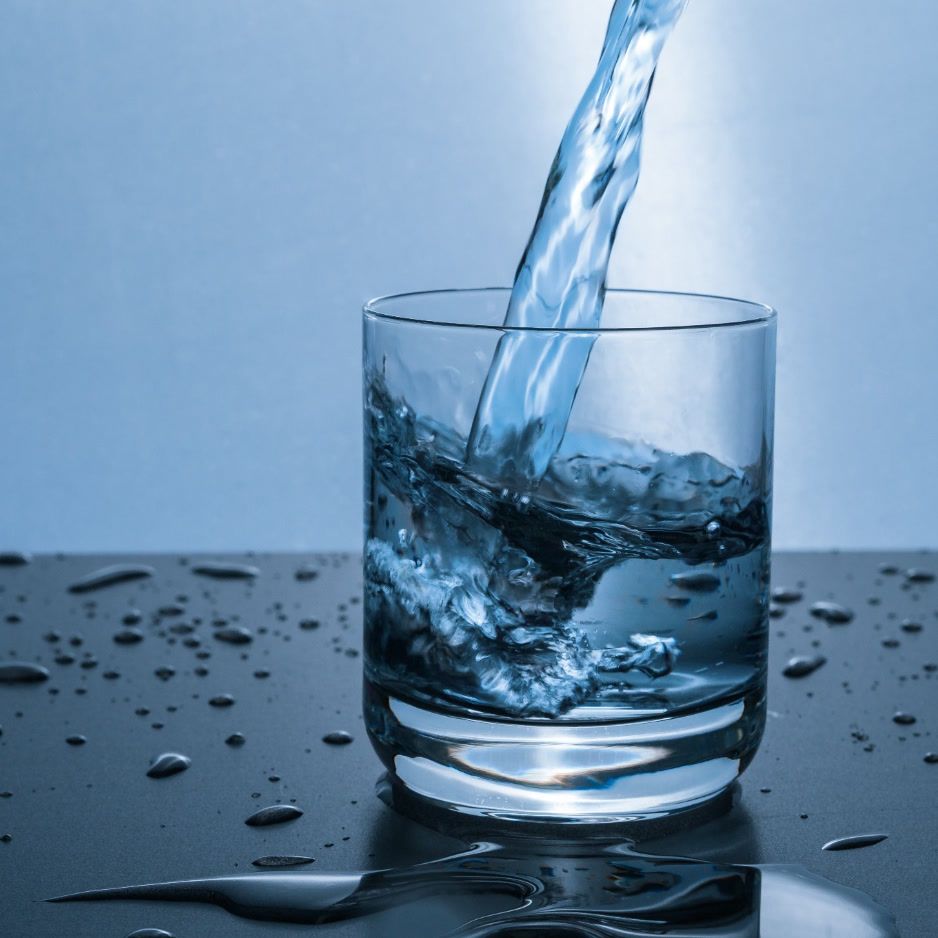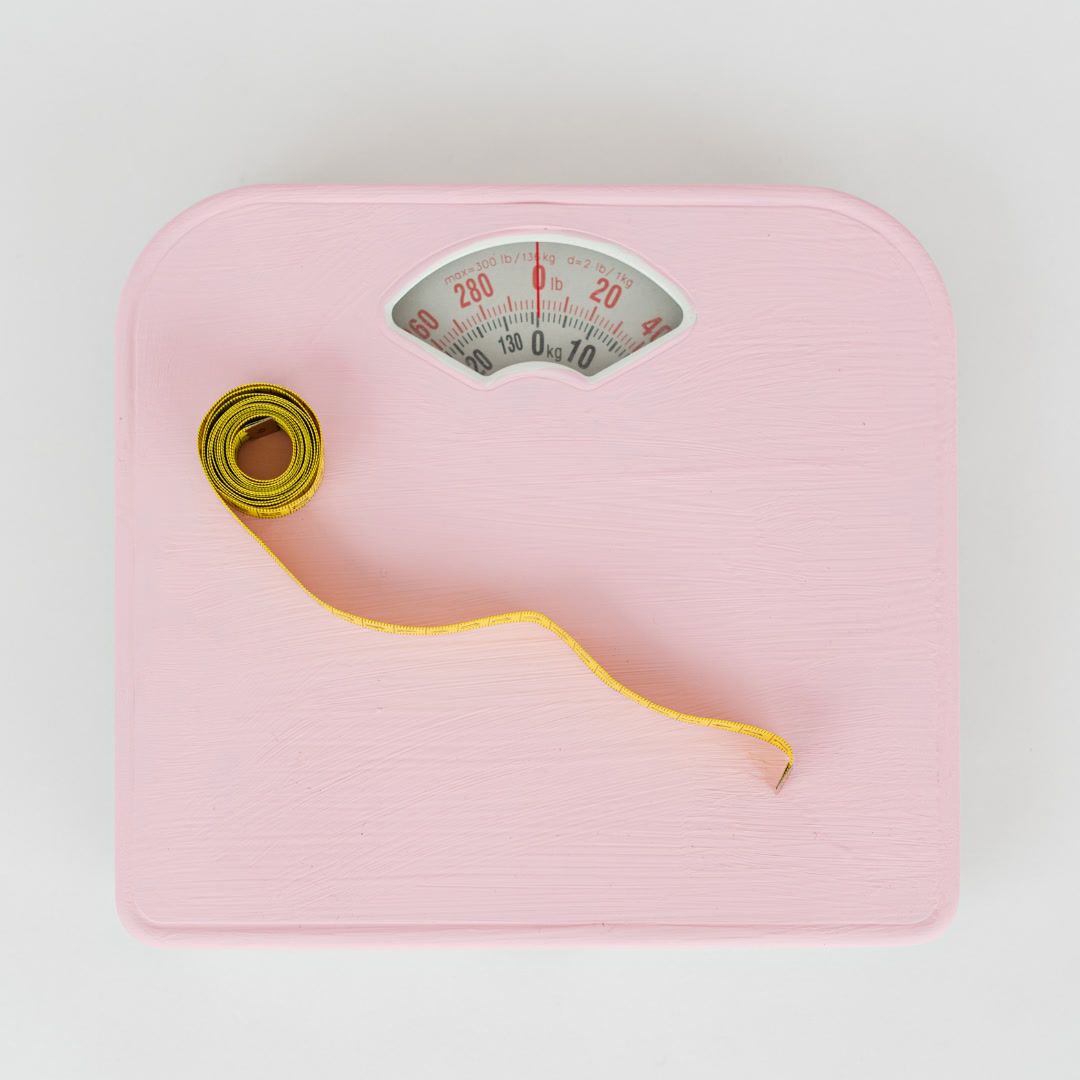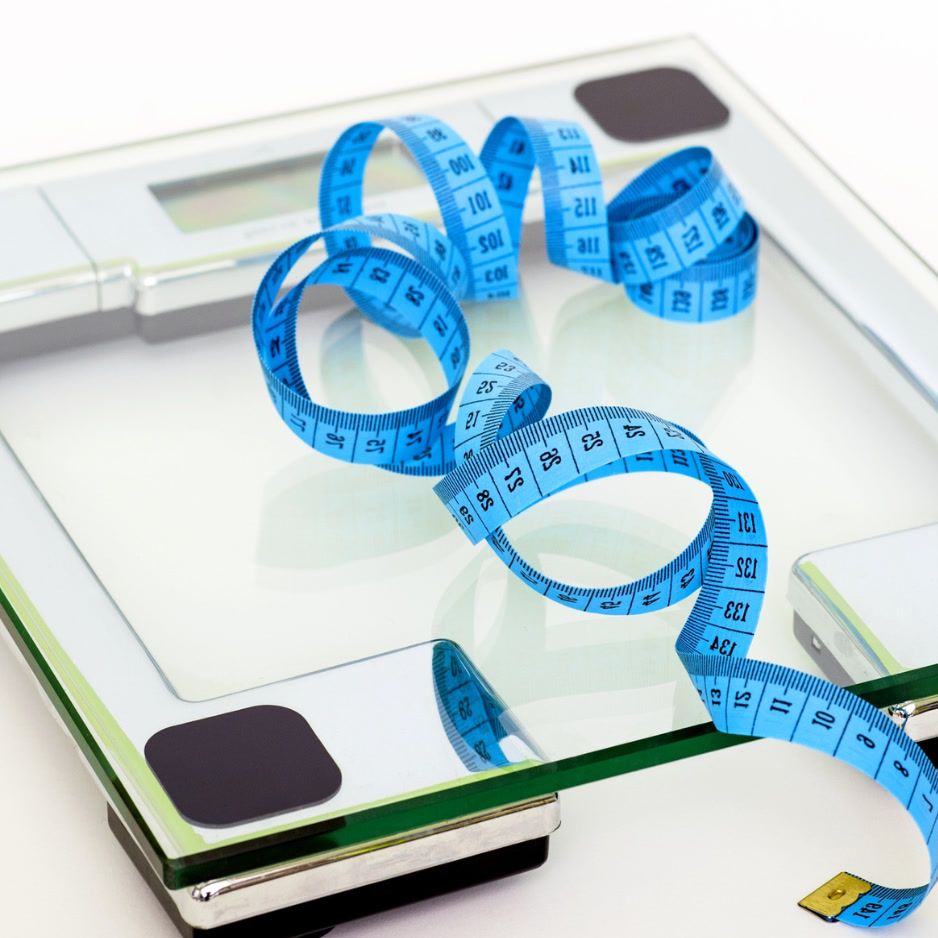DEXA Screening Guidelines: Who Should Get a Scan?

DEXA Screening Guidelines: Who Needs a Scan?
Osteoporosis screening detects low bone density before a fracture occurs. This guide explains who should get a diagnostic DEXA and when to start. It also covers how often to repeat testing—and where BodySpec's full‑body DEXA fits for wellness tracking.
Quick answer (for diagnostic DEXA scans):
- Women 65+: get a diagnostic hip/spine DEXA.
- Postmenopausal women under 65: get screened if your fracture risk is elevated (use a tool like FRAX to check).
- Men: BHOF recommends testing at 70+ (or 50–69 with risk factors, often evaluated with a tool like FRAX); USPSTF says evidence is insufficient for routine screening in all men—use clinical judgment.
- Retesting: usually no sooner than 2 years unless results would change care.
All details, plus how to personalize your risk, are below—with clear notes on diagnostic DEXA versus BodySpec full‑body DEXA.
First, know the difference: Diagnostic vs BodySpec full‑body DEXA
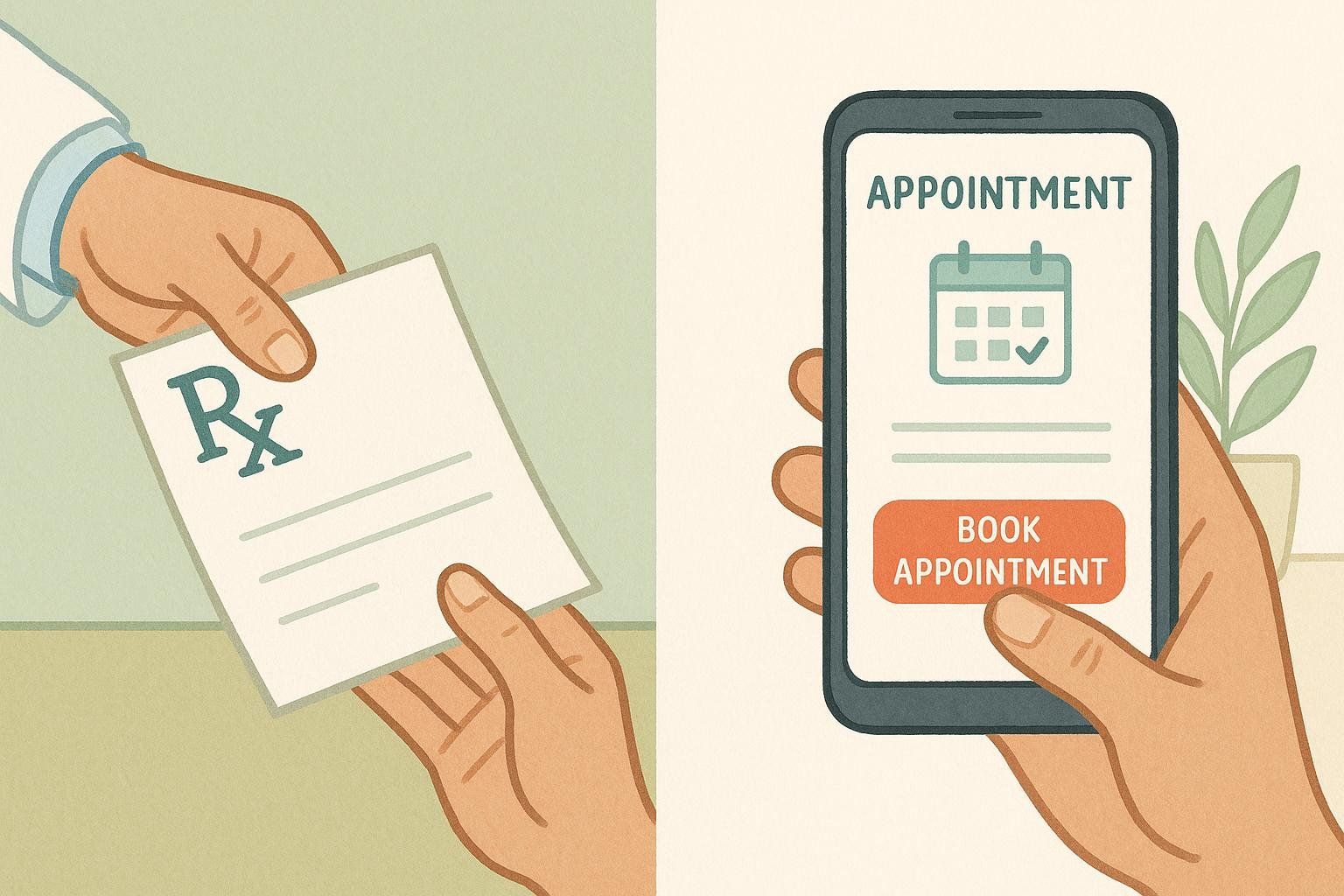
-
Diagnostic hip/spine DEXA (medical test)
- Ordered by your clinician to diagnose/monitor osteoporosis. Measures BMD at the hip/spine and generates T‑ and Z‑scores used in medical decisions (USPSTF Osteoporosis Screening Recommendation).
- Typically billed to insurance when criteria are met.
-
BodySpec full‑body DEXA (non‑diagnostic wellness scan)
- Self‑book, no referral. Tracks body fat, lean mass, visceral fat, and includes a whole‑body bone estimate to watch trends over time.
- Great for spotting early changes or confirming progress. If anything looks off—especially bone‑related trends—you can share your report with your doctor, who may order a diagnostic DEXA for a formal evaluation. Learn more in DEXA Scan Without a Referral: Yes, Here's How.
Official DEXA Screening Guidelines (diagnostic hip/spine DEXA)
USPSTF (United States Preventive Services Task Force)
- Screen all women aged 65+ (Grade B).
- Screen postmenopausal women <65 at increased risk using a clinical risk tool (Grade B).
- Men: evidence is insufficient to recommend for or against routine screening in all men (I statement). Use shared decision‑making. Sources: USPSTF Osteoporosis Screening Recommendation; JAMA USPSTF Recommendation Statement.
Bone Health & Osteoporosis Foundation (BHOF)
- Women 65+ and men 70+.
- Adults 50+ with any adult low‑trauma (fragility) fracture.
- Postmenopausal women <65 and men 50–69 with these risk factors:
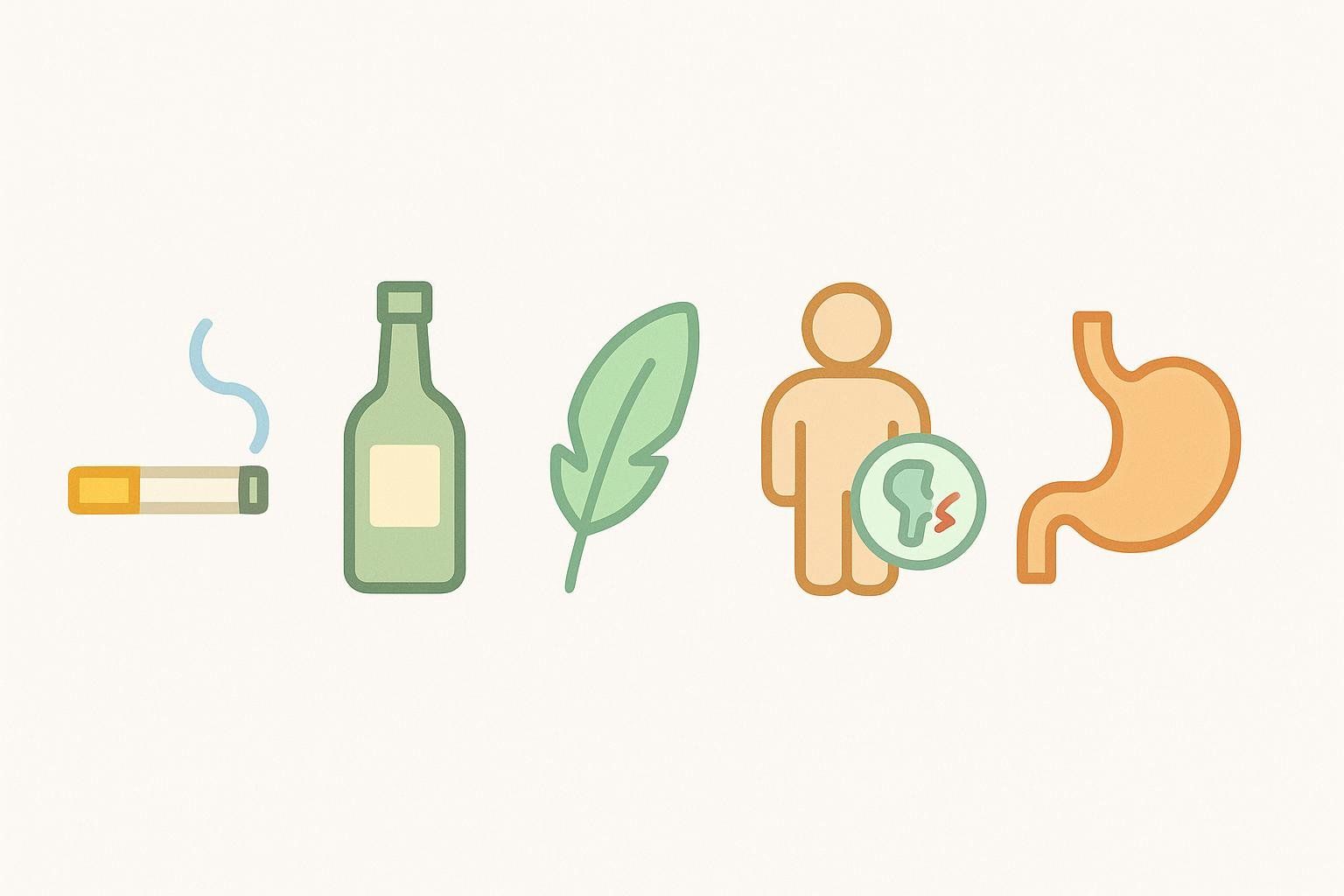
-
Long‑term systemic glucocorticoid use
- Low body weight
- Parental hip fracture
- Current smoking
- Heavy alcohol use
- Conditions causing malabsorption (e.g., celiac disease)
-
Beyond screening, risk scores also inform treatment decisions: many U.S. clinicians use FRAX "treatment thresholds" to guide therapy after diagnostic evaluation. A 10‑year hip fracture risk ≥3% or 10‑year major osteoporotic fracture risk ≥20% may prompt a discussion about starting medication. Source: BHOF Bone Density Testing Overview.
DEXA Screening Matrix by Age and Risk (diagnostic)
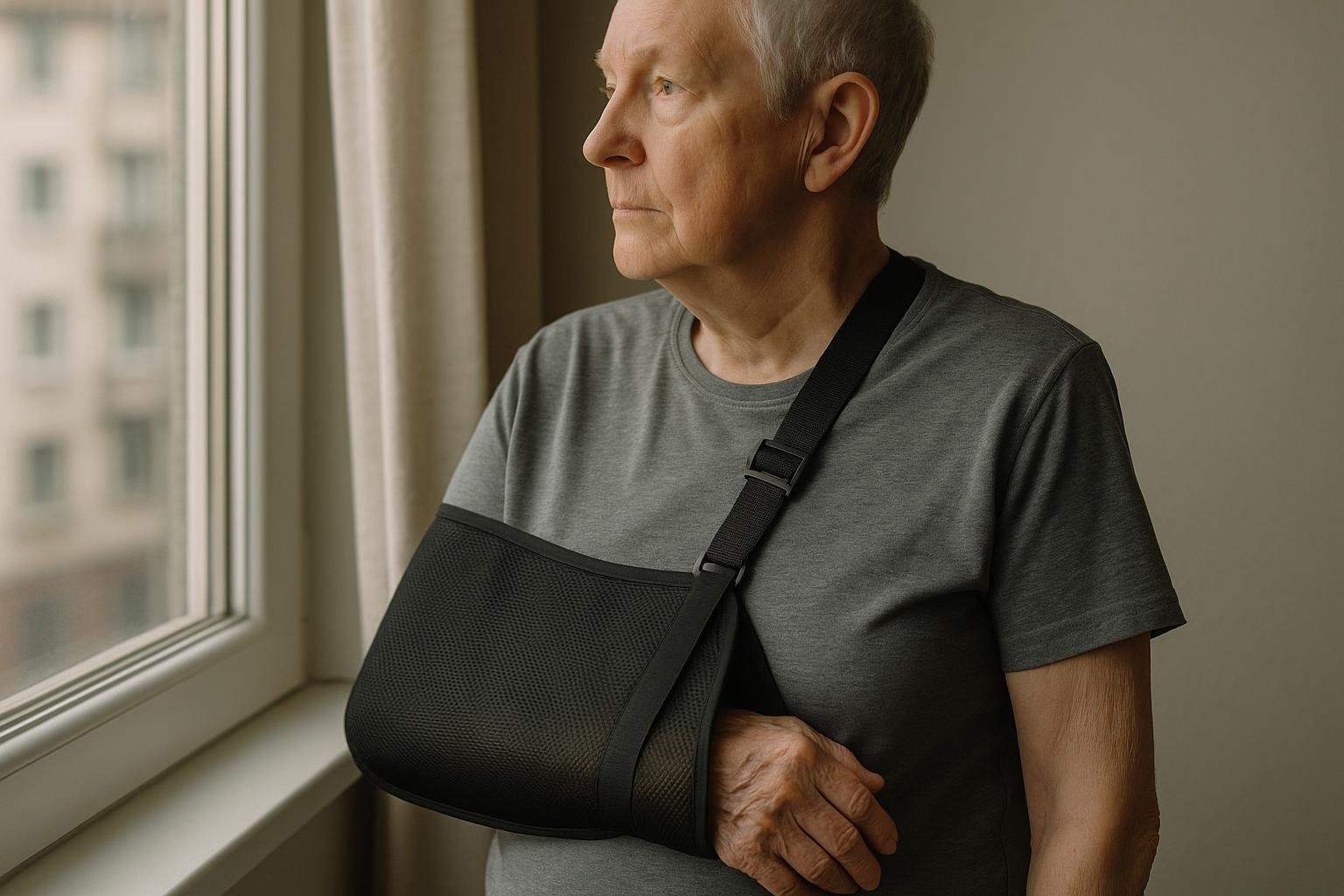
| Group | Screen now | Notes |
|---|---|---|
| Women 65+ | Yes | USPSTF Grade B |
| Postmenopausal women <65 with risk | Yes | Use a risk tool (e.g., FRAX) to confirm elevated risk before ordering DEXA |
| Women <50 with significant secondary causes | Case‑by‑case | Clinician judgment and medical necessity |
| Men 70+ | Often yes | Recommended by BHOF; USPSTF: evidence insufficient for routine population screening |
| Men 50–69 with risk factors | Consider | BHOF suggests testing with risk; use clinical judgment |
| Any adult 50+ with a low‑trauma fracture | Yes | Prompt diagnostic evaluation is advised |
Tip: Not sure if you're "high risk"? Run FRAX without BMD to estimate your 10‑year fracture risk, then decide with your clinician whether to order a diagnostic DEXA. Start here: FRAX Official Calculator or our guide: Fracture Risk Assessment Tool—How to Use FRAX.
How often should you repeat a DEXA?
There's no one‑size‑fits‑all interval. Use your results and clinical context to set the cadence. For a deeper dive on timing, see: When to Get a DEXA Scan (and How Often).
-
Diagnostic DEXA (hip/spine):
- Avoid routine repeats < 2 years unless results would change management (e.g., new fracture, starting high‑dose steroids).
- Healthy women ≥67 with normal BMD may be able to wait up to 10 years if risk stays low. Source: AAFP Choosing Wisely Recommendation.
- After starting or changing osteoporosis medication: many programs repeat at approximately 1–2 years to assess response, then extend intervals if stable. Source: BHOF Bone Density Testing Overview.
- USPSTF: evidence is insufficient to set fixed intervals for all; tailor to the person. Source: USPSTF Osteoporosis Screening Recommendation.
-
BodySpec full‑body DEXA:
- No limits on scan frequency—you can track as often as your goals require.
- Many clients choose to scan monthly or quarterly to monitor body composition changes from training, nutrition, or lifestyle adjustments.
- How often to scan depends on your goals: frequent scans (monthly) work well for active programs requiring close tracking, while quarterly scans suit longer‑term trends. Book your scan here: Book now.
Insurance coverage and cost basics
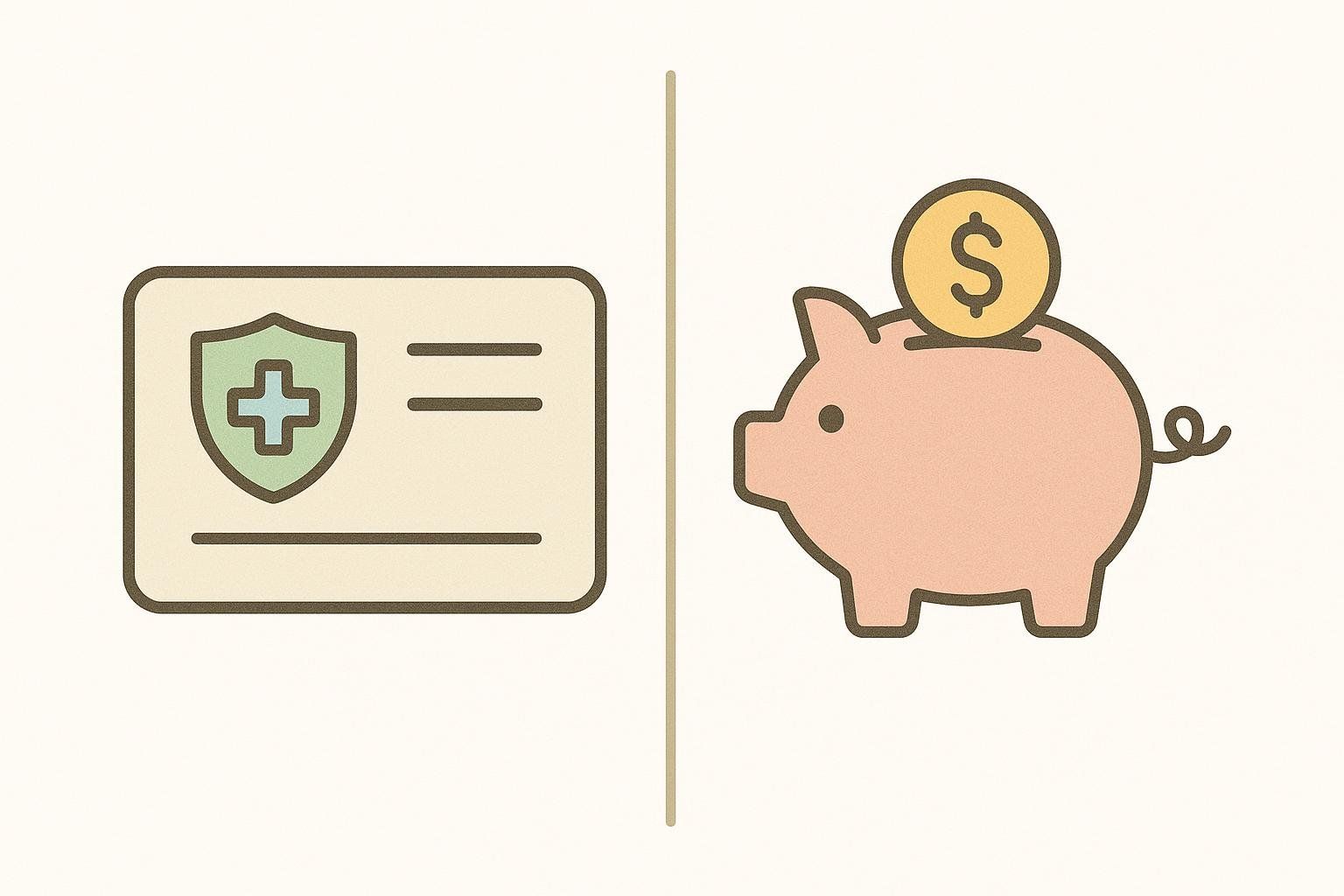
- Diagnostic hip/spine DEXA is typically covered for women 65+ and younger postmenopausal women at elevated risk; coverage for men varies by plan. Medicare Part B covers bone‑mass measurements every 24 months (or more often if medically necessary) at no cost if your provider accepts assignment. Source: Medicare Bone Mass Measurements Coverage.
- BodySpec scans are non‑diagnostic, cash‑pay wellness services used to track body fat, lean mass, visceral fat, and a whole‑body bone estimate. They don't require a referral and may be HSA/FSA‑eligible depending on your plan. Start here: DEXA Scan Without a Referral: Yes, Here's How.
Safety and simple prep
DEXA uses very low radiation. A typical diagnostic hip/spine DEXA is in the single‑digit microsievert range. DXA doses are generally similar to or below a chest radiograph and far lower than QCT (50–100 µSv). Source: International Atomic Energy Agency patient guidance. For more on dose and safety, see our guide to DEXA radiation and its safety.
- Diagnostic exam prep: comfy clothes without metal; skip calcium supplements for 24–48 hours if instructed; expect to lie still and hold your breath briefly. Source: HSS Patient Guide to DXA.
- BodySpec appointment prep: wear light clothing without metal and arrive well‑hydrated for consistent body composition tracking. See: Prepare for Your BodySpec Scan.
FAQs
Do men need osteoporosis screening (diagnostic DEXA)?
BHOF recommends testing at 70+ and earlier (50–69) if risk factors are present. USPSTF says evidence is insufficient for routine population screening in all men—use clinical judgment and shared decisions. Sources: BHOF Bone Density Testing Overview; JAMA USPSTF Recommendation Statement.
What's FRAX—and do I need a DEXA to use it?

FRAX estimates your 10‑year risk of hip and major osteoporotic fracture using age and clinical factors; you can run it without BMD to decide if you need a diagnostic DEXA. Adding femoral‑neck BMD improves accuracy. Sources: FRAX Official Calculator. Try our walkthrough: Fracture Risk Assessment Tool—How to Use FRAX.
How often should I repeat a bone density test (diagnostic)?
Not routinely sooner than 2 years unless results will change management; approximately 1–2 years after starting or changing osteoporosis medication is common. Longer intervals (up to 10 years) may be reasonable for older women with normal BMD and stable risk. Sources: AAFP Choosing Wisely Recommendation; BHOF Bone Density Testing Overview.
Do I need a referral?
- Diagnostic hip/spine DEXA: usually yes (and typically covered when criteria are met).
- BodySpec full‑body scan: no referral required; it's a non‑diagnostic wellness service you can book directly. Learn more in DEXA Scan Without a Referral: Yes, Here's How.
What if I've already had a low‑trauma fracture?
Adults 50+ with a fragility fracture should be evaluated for osteoporosis with a diagnostic DEXA and appropriate management. Source: BHOF Bone Density Testing Overview.
Resources for Clinicians
For healthcare providers, the following guides offer detailed information on billing and coding:
- Bone Density Test CPT Codes: Comprehensive Billing & Documentation Guide
- A Guide to Bone Density ICD‑10 and CPT Codes
Next steps
- Book a BodySpec full‑body DEXA to track fat, muscle, visceral fat, and a whole‑body bone estimate: Book now.
- Learn about timing and frequency: When to Get a DEXA Scan (and How Often).
